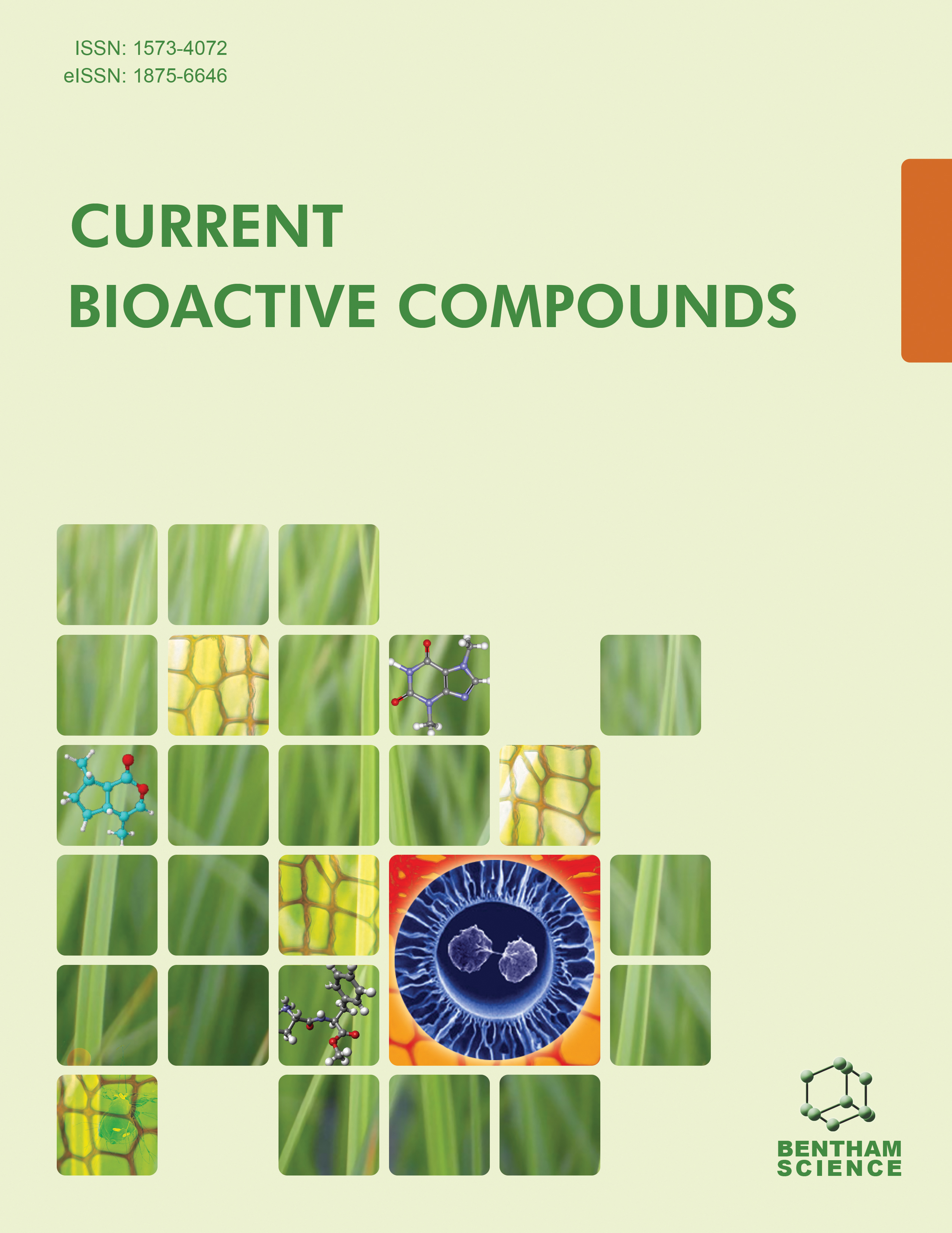
Full text loading...
Rhynchostylis retusa (L.) Blume belongs to the Vanda alliance of the Orchidaceae family and is mostly distributed from 300-1,500 m. It is traditionally practiced for the treatment of health issues such as dysentery, pain, inflammation, arthritis, and, skin, respiratory, heart, kidney, brain, and menstrual problems. R. retusa is also used in folklore claims to recover from tuberculosis, vertigo, anemia, and bone fractures. Further, some of the traditional claims were scientifically validated through preclinical (In vitro & in vivo) studies. With the view of tremendous health benefits, the current study was focused on harnessing the information through search engines (Google Scholar, Scopus-Elsevier, Medline, SciFinder, Web of Science, Plant list, and Directory of Open Access Journal) till October 2022 and compile them as a comprehensive review. Therefore, detailed, comprehensive information on botanical distribution, ethnopharmacological and ornamental values, chemistry, biotechnological interventions for smart cultivation, pharmacological activities, conservation status, patents, and future perspectives of the R. retusa has been compiled. The comprehensive review of the Foxtail Orchid (R. retusa) has unremarkable potential and still needs to be explored from chemical, pharmacological, quality control, and value addition perspectives. The review will help the orchid community as well as researchers and farmers working on orchids.

Article metrics loading...

Full text loading...
References


Data & Media loading...

